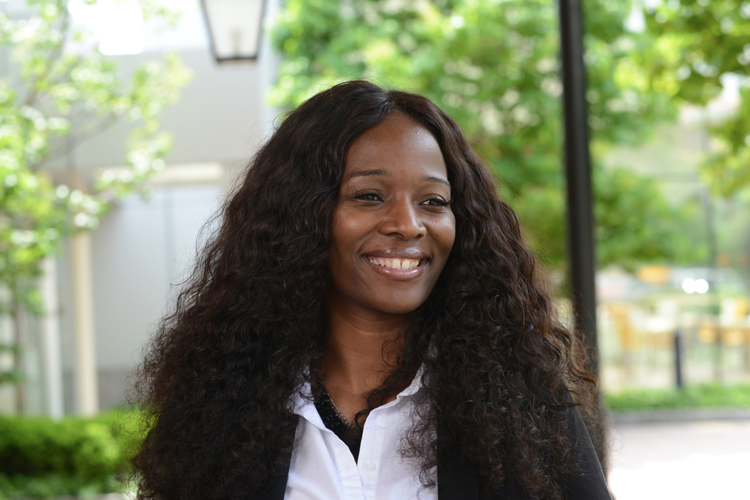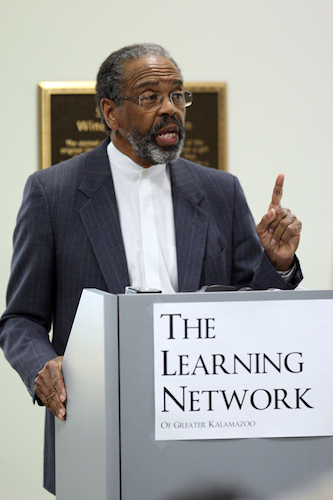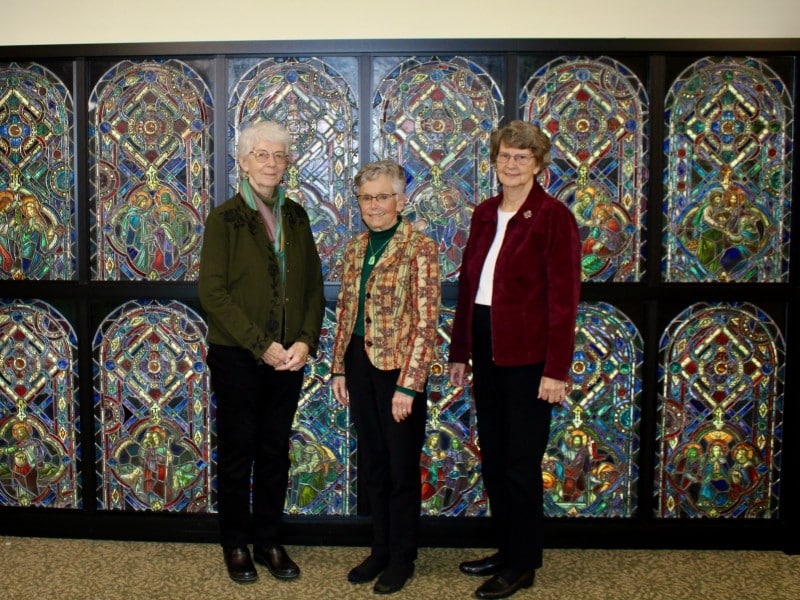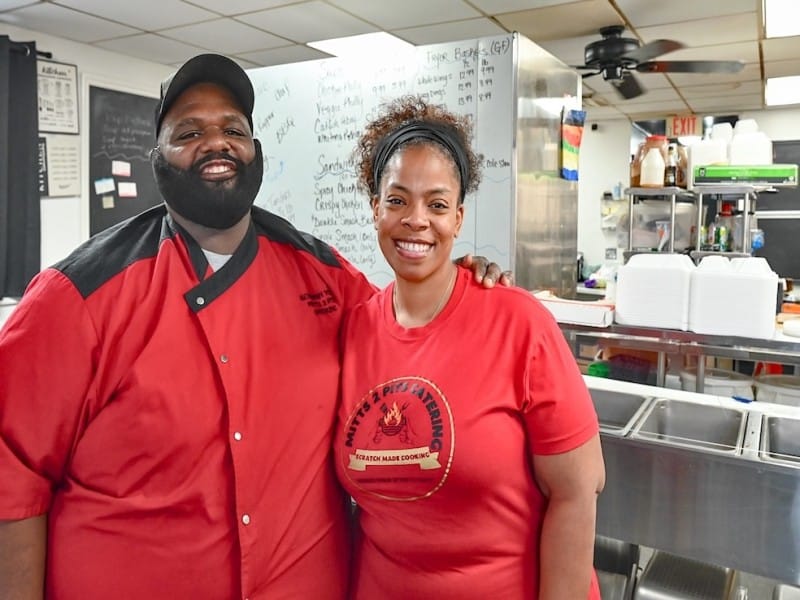The Learning Network decides to bring its work to an end
After six years promoting education in and around Kalamazoo, The Learning Network is winding down.
When the Learning Network started its work in 2011 it asked the entire Kalamazoo community to embrace education.
Six years later the commitment to education remains, but the means to achieve community-wide goals will not involve the initiative anchored by the Kalamazoo Community Foundation.
The Learning Network, launched six years ago with an $11 million investment — the Kalamazoo Community Foundation board of directors committed $5 million over five years and the W.K. Kellogg Foundation has awarded $6 million over three years — will cease operations on Aug. 31.
Cyekeia Lee, director of the Learning Network, says the decision was based on a combination of challenges facing the initiative: lack of long-term financial sustainability, slow progress due to complexity and scale, and limited overall impact.
Lee, who has been with the Learning Network for eight months, says she did not know that recommending that it be eliminated would come with the job when she was hired, but when it became obvious that was the route to take, she says, as a leader she did not hesitate.
“When I came on board we were already looking at how do we best restructure the Learning Network to move forward,” Lee says. “We, as a team, and with our leadership council went through a strategic planning process and we really thought maybe three or four months in we’d be able to turn the tide. But it was one of those things that we came to a conclusion that this isn’t going to be the best fit for right now. We had to ask ourselves, ‘What makes the most sense for students? What makes the most sense for families and the community as a whole’?”
Lee goes on to say, “We had to look at what was really our role? Could we take a step back and just let others do what they were already a doing a good job at.”
The Learning Network was created out of a movement to bring together community groups around common goals and to document and direct their work through the collection and analysis of data. As part of the initiative, the Learning Network’s Backbone Team provided support to groups known as Action Networks to assist them with the best use of their data.
Known as “collective impact” the approach adopted by a network of nonprofits across the nation has been getting mixed reviews. While it has been successful in bringing together groups working on similar community concerns in some areas, other communities have found the backbone portion of the initiative to be expensive to maintain.
“Collective work is never easy,” Lee says. “It takes a lot of dedication. And it takes a lot of communication and community involvement. I think just, in terms of engaging the community, and, really, incorporating those voices, we may have been a little late to the table to do that.”
Even so, she anticipates collective impact work will continue throughout the community because she views the work of The Learning Network as a catalyst.
“After laying that foundation, I think it, certainly, gives the rest of the community an opportunity to say, ‘That first shot may not have been what was needed right away at the time.’ But, as a community, there are so many great programs and resources here, in abundance. It’s time to really get in there together, and put students first and help them.”
Whether there will be one organization that brings together the community to deal with the issues that are keeping children from reaching their educational potential, as the Learning Network was intended to do, is uncertain. “I hope that there will be,” Lee says. “There will certainly be a void that needs to be filled.”
A full report on lessons learned through the six-year initiative and reflections on how well the Learning Network achieved the goals set for it will be coming from Lee’s office. Some are already recognized.
“Among the lessons we take with us is this: small and nimble can often achieve greater results more quickly than large initiatives,” Lee says. “And as our collaborative has struggled, many other community programs have become stronger. The Kalamazoo Promise, Kalamazoo Literacy Council, a variety of Kalamazoo RESA programs, and efforts such as KC Ready 4s, for example, are all experiencing increased success. We’re proud to have been partners at the table of each of these programs and we wish them continued success.”
A number of groups and organizations in the community are stronger as a result of working with the Learning Network, Kalamazoo Community Foundation officials say.
“One clear legacy of The Learning Network is that resources do, indeed, enhance collaboration,” says Carrie Pickett-Erway, president and CEO of the Kalamazoo Community Foundation. “However, this experience also highlighted the challenge of measuring collective impact and how funding alone cannot solve our greatest challenges.”
The hope is that organizations that existed before the Learning Network and continue to exist are in a stronger position now because of the investment in education in Kalamazoo County that’s been made over these six years, says Tom Vance, Marketing Communications Officer for the Kalamazoo Community Foundation.
“We’re hoping that that money had a good impact,” Vance says. “We are celebrating whatever good we’ve done in the name of the Learning Network and then we’ll learn from the lessons of this work and we’ll try to apply that to future work.”
Lee says, ”Although our direct work ends, we believe this bold experiment succeeded in many ways and the legacy of our work will continue to positively impact students of all ages for many years to come.
And Pickett-Erway says, “We’re proud to have been part of this work; we are grateful to those who have been part of The Learning Network’s staff, to each of our partner organizations, and the many individuals who invested in its work in a variety of ways.”
The Kalamazoo Community Foundation remains committed to supporting education programs that remove barriers to learning and increase access to high-quality education for all community members.
Kathy Jennings is the managing editor of Southwest Michigan’s Second Wave. She is a freelance writer and editor.

















